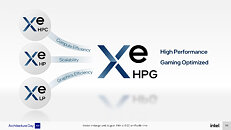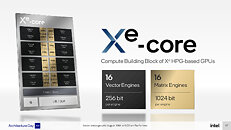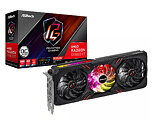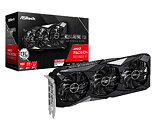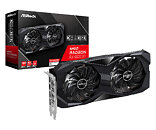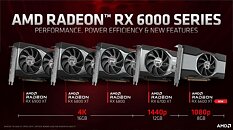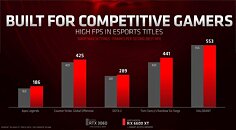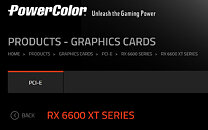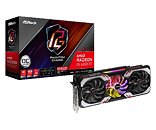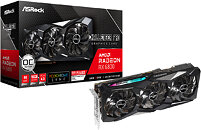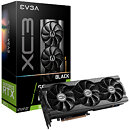
ASUS Launches Dual Radeon RX 6600 Graphics Card
ASUS today announced the Dual Radeon RX 6600 graphics card, combining the latest ASUS technology with the new AMD GPU to deliver 1080p gaming experiences to the midrange market.
AMD Radeon RX 6600 graphics cards bring the power of AMD RDNA 2 gaming architecture to the market. With support for cutting-edge DirectX 12 Ultimate technology including accelerated ray tracing, 32 MB of high-performance, AMD Infinity Cache, AMD Smart Access Memory technology and other advanced features, AMD Radeon RX 6600 graphics cards includes the latest technology in image quality and performance. The AMD Radeon RX 6600 supports the AMD FidelityFX Super Resolution open-source spatial upscaling solution, designed to increase framerates in select titles while delivering high-resolution gaming experiences.
AMD Radeon RX 6600 graphics cards bring the power of AMD RDNA 2 gaming architecture to the market. With support for cutting-edge DirectX 12 Ultimate technology including accelerated ray tracing, 32 MB of high-performance, AMD Infinity Cache, AMD Smart Access Memory technology and other advanced features, AMD Radeon RX 6600 graphics cards includes the latest technology in image quality and performance. The AMD Radeon RX 6600 supports the AMD FidelityFX Super Resolution open-source spatial upscaling solution, designed to increase framerates in select titles while delivering high-resolution gaming experiences.















